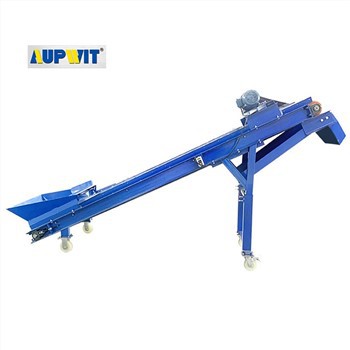Peripheral Equipment
What Are the Products of Peripheral Equipment
Hydraulic Pressure Station
A hydraulic station is a device that converts mechanical energy into hydraulic energy, or vice versa. It typically consists of a hydraulic pump, a motor, a reservoir, valves, pressure gauges, and other components that work together to create and control hydraulic power. The specific design and components of a hydraulic station can vary depending on the application and the desired performance characteristics.
Construction Machinery Cylinder
Construction machinery cylinder is a hydraulic cylinder for construction machinery, mainly used to control the movement and power transmission of machinery. It is composed of pistons, cylinders, seals, oil ports and other components, which can convert hydraulic energy into mechanical energy and realize various mechanical actions.
Fixed Type Grapple
The fixed type grapple professionally developed is a kind of grabbing equipment. Its main function is to carry out the grabbing and loading operations of various materials such as scrap metal, scrap steel, finished steel, industrial waste, crushed stone, construction waste, domestic garbage, etc., which are widely used in waste recycling.
Belt Conveyor Systems
Belt conveyor systems are used io connect different machines to make a continuous process. It is specially designed for conveying big tire cuts. The machine mainly consists of motor speed reducer, conveying belt, roller, machine frame and blocking plate,etc.
Why Choose Us?
Quality Control
Our company has been through professional quality system certification, CE certification, SGS audit and as a member of the China national resources recycling association.
High Quality
Machine main core parts, use Germany Siemens motor, France Schneider electric, USA KK pressure gauge, USA parker valve, Germany Rexroth valve, Pikes high-pressure hose. Technology and performance of our products has reached the industry leading level, and has won the trust of the customers.
Professional Team
Our company is a professional design and manufacture company of hydraulic machinery. We are a backbone company in manufacturing all kinds of hydraulic equipment and metal machineries in domestic.
Global Shipping
WOur products have been exported to more than 40 countries, such as Russia, Australia, USA, UK, Germany, Ukraine, Iran, Romania, Hungary, Mexico, Brazil, Chile, Canada, Spain, Colombia, etc. We have agents in the USA, Australia, Singapore, Kuwait, Russia.
-
Belt Conveyor SystemsDS Belt Conveyor Systems are used io connect different machines to make a continuous process. It is specially designed for conveying big tire cuts. The machine mainly consists of motor speed reducer, conveying belt, roller, machine frame and blocking plate,etc...read more
-
Hydraulic Pressure StationA hydraulic station is a device that converts mechanical energy into hydraulic energy, or vice versa. It typically consists of a hydraulic pump, a motor, a reservoir, valves, pressure gauges, and other components that work together to create and control hydraulic power. The specific design and components of a hydraulic station can vary depending on the application and the desired performance characteristics...read more
How Does a Hydraulic Pressure Station Work
Hydraulic pressure stations are made up of numerous parts
● The reservoir holds hydraulic fluid.
● The hydraulic pump moves the liquid through the system and converts mechanical energy and motion into hydraulic fluid power.
● The electric motor powers the hydraulic pump.
● The valves control the flow of the liquid and relieve excessive pressure from the system if needed.
● The hydraulic cylinder converts the hydraulic energy back into mechanical energy.
There are also numerous types of hydraulic pressure stations, but each contains the same main components listed above. They're also all designed to work the same way.
Hydraulic pressure stations use the pump to push hydraulic fluid through the system to create fluid power. The fluid passes through the valves and flows to the cylinder where the hydraulic energy converts back into mechanical energy. The valves help to direct the flow of the liquid and relieve pressure when needed.
Components of a Hydraulic Pressure Station
A hydraulic pressure station is composed of various components to keep the fluid under the desired pressure, clean, and moving in the right direction. Below is an overview of those components
Reservoir tank
The hydraulic tank acts as a reservoir, holding fluid, and is connected directly to the pump. It allows air bubbles to dissipate and contamination particles to settle, as well as allows the oil to cool while it is not circulating. A vented filter cap controls air flow, and a filter or strainer keeps contaminants out of the hydraulic fluid.
Pump and engine
The hydraulic pump moves liquid from the reservoir tank through the system driven by an engine. Pump designs are typically two-stage, manual hydraulic, while the engine can be gas, diesel or electric depending on access to power, the horsepower needed and mounting style.
Pressure gauges and relief valve
Once liquid is circulating, gauges can be used virtually anywhere in the system to monitor pressure. In addition, a relief valve controls the fluid pressure that powers the hydraulic cylinder, excess fluid is returned to the reservoir tank. This prevents pressure build-up and potential damage to equipment.
Valve assembly
The hydraulic valve assembly controls the direction, pressure and flow rate of fluid through a hydraulic circuit. It regulates the speed of motors and movement of cylinders. Directional control valves are most common, controlling fluid flow from the pump to the cylinders and other system components.
Cylinder
A hydraulic cylinder is an actuator that creates linear movement by converting hydraulic energy back to a mechanical movement – so it is the component that drives the work performed by mobile equipment. Cylinders can be used to lift, push, pull and press loads that require exceptional force.
Motor
Similar to cylinders, motors are actuators that converts hydraulic pressure and flow into movement, but it's converted into torque and angular displacement (rotation) rather than linear motion. The amount of pressure and displacement of a motor will determine how much torque is produced while the amount of flow will determine the speed.
Flow control valve
The purpose of a flow control valve is to regulate the flow rate to motors and cylinders, thereby regulating the speed of those components.
Fluid cooler
This unit removes the excess heat generated from the hydraulic fluid and helps to keep the temperature within a limited range before returning to the reservoir. Without proper cooling, the hydraulic pressure station could overheat, causing component damage. Keeping the system properly cooled also extends hydraulic fluid life.
Types of Hydraulic Pressure Stations
Open-loop hydraulic pressure stations are the most common type of hydraulic pressure station. They use a pump to generate fluid flow and pressure directed to an actuator or motor. Once the fluid has performed its function, it is released from the system without being redirected back to the pump. This system lacks feedback control and typically operates at a constant flow rate.
Closed-loop hydraulic pressure stations are designed for applications requiring precise force or velocity control. These systems incorporate a feedback mechanism using sensors and control valves to monitor and adjust fluid flow based on real-time conditions. Unlike open-loop systems, closed-loop systems recycle fluid by redirecting it back to the pump after use. This enables more efficient usage and greater control over motion and speed.
Continuously variable transmission hydraulic pressure stations employ a unique design that allows for smooth variation in output speed without discrete gear shifts. These types of hydraulic pressure stations use specialised pumps and motors with variable displacements or swash plates. By continuously varying their displacement settings, they enable seamless adjustments in output speed ratios based on load demands.
The Benefits of Hydraulic Pressure Stations
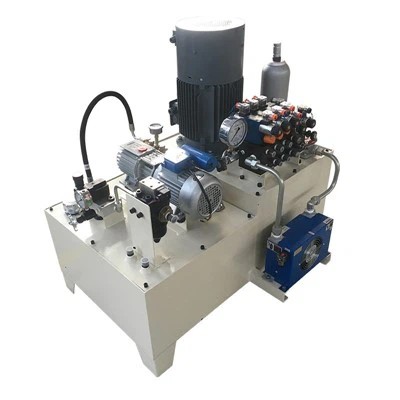
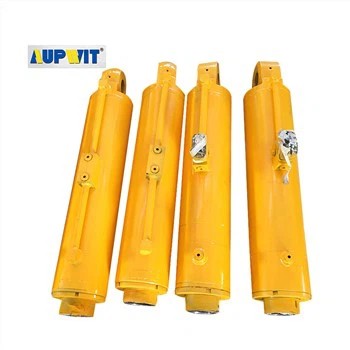
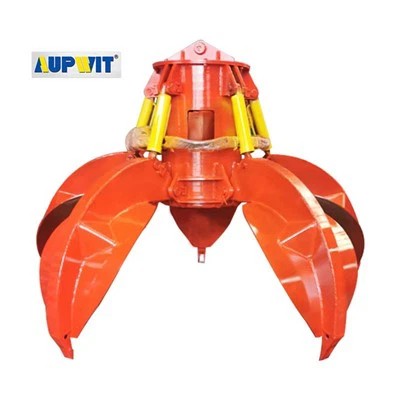
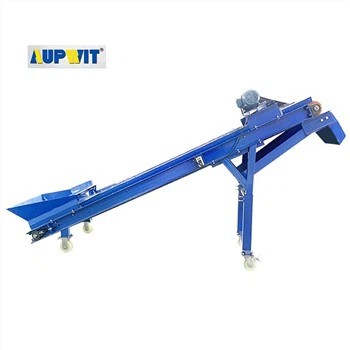
Hydraulic pressure stations are a common choice for different engineering applications. The basic system uses hydrodynamic principles, which resonate with the ideas of typical applications. In addition, such a system is easy to upgrade, especially in the dawn of computers and similar systems. The principles in hydraulic pressure stations also form the basis for numerous industrial upgrades in the modern age.
High efficiency
Hydraulic pressure stations are more efficient than both electrical and pneumatic systems. The pump is usually more efficient in a hydraulic pressure station than a pneumatic system. This efficiency depends on the system's ability to maintain the same hydraulic fluid viscosity across various temperatures. This attribute determines the power consumed and the work output of your system.
Electrical systems based on motors and similar devices are less energy efficient than hydraulic pressure stations. The efficiency of hydraulic pressure stations means that your business does a lot of work with minimal energy. The hydraulic pressure station helps you cut down on the business overheads because of how efficient they are. In some cases, the hydraulic pressure station can also be the selling point for vital customers in a highly competitive market.
Easy control
The hydraulic pressure station has better control over the amount of energy transmitted than most systems. Hydraulic pressure stations regulate the configuration of the fluid and convert it into energy, especially mechanical power, for different applications. This ease of control makes the hydraulic pressure stations ideal for machine tools, construction equipment, aircraft, and ships.
Hydraulic pressure stations also seamlessly fit in various computer-controlled environments. Computer-aided control helps achieve different levels of energy transfer in a hydraulic pressure station which makes the system accurate and precise.
Safety
Safety is a significant consideration in any engineering application. The safest methods are favorable since they result in fewer compensation claims and downtime, and you can quickly recruit people for such roles. In addition, safety directly influences the reputation of your business. Damages caused by equipment failure affect the firm's reputation in the market and labor pool in your industry.
The designer makes hydraulic pressure stations passively and actively safe. Hydraulic pressure stations designed to prevent people's limbs from being close to moving parts result in fewer accidents than other designs. These preventative methods are effective when the hydraulic pressure station is in operation. The hydraulic pressure station also uses one-way valves that prevent retraction when the system fails.
Ease of maintenance
Hydraulic pressure stations are easy to maintain. Some symptoms of a broken system include leakage of the hydraulic fluid, broken hoses, and poor response. These issues do not require unique expertise to diagnose. Your workers can easily detect and report the problems before they become problematic to the entire system.
Signs of Hydraulic Pressure Station Failure
When a hydraulic system begins to fail, it gives off several signs that indicate the need for maintenance or repair.
Noise
Excessive noise may indicate a problem with the hydraulic system – including the presence of air, worn parts or couplings, and impending valve failures.
01
Heat
Similarly, a system that is producing excessive heat also needs attention. An engine, valve, or pump may be the problem in these cases.
02
Oil flow
Hydraulic systems depend on the flow of oil, and when the pump and other components are damaged or misaligned, the oil may overflow, slow, or even stop moving.
03
Erratic movement
If your equipment moves erratically, it is a sign that something is wrong.
04
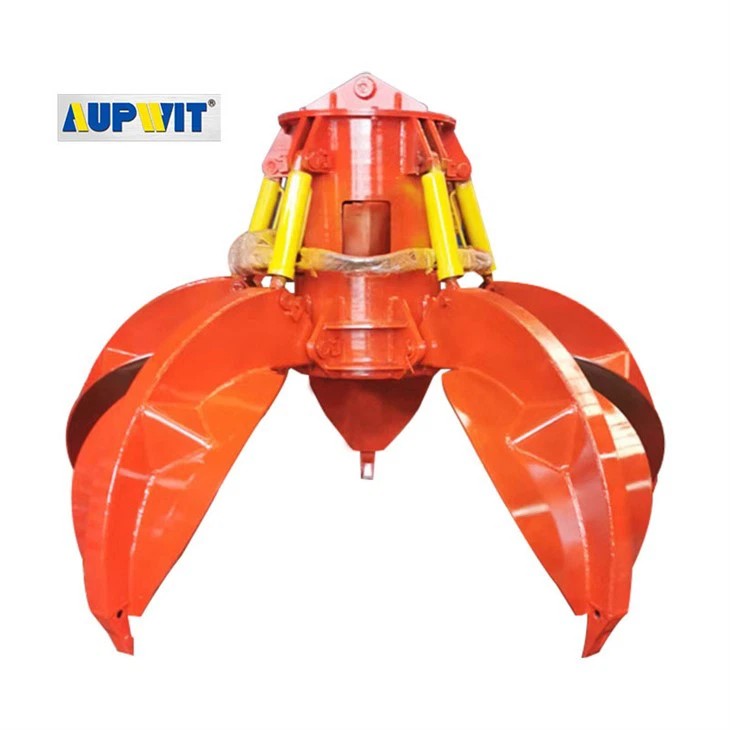
Hydraulics also need intensive and periodic maintenance to ensure their normal function. If heavy equipment with a hydraulic pump working is used every day, then this is what you should do:
Check the oil level in the tank, fill it when it is reduced.
Check the foam on the surface of the working liquid to make sure it's air or water.
Detection of leaks in drains and connections.
View and check the operation of the temperature stabilization system.
Control the filter contamination level indicator.
Check the valve setting on the pressure gauge.
Check the electromagnetic supply voltage of the control device.
What Are the Types of Belt Conveyor Systems
Roller bed belt conveyor system
In this type of conveyor belt, the surface just beneath the belt consists of a series of closely stacked rollers. This arrangement minimizes belt sagging.
Flat belt conveyor system
The flat belt conveyor system is one of the most commonly used types of conveyors. It is typically employed to transport items within a facility. Internal conveyance relies on a series of powered rollers or pulleys to move the belt.
Modular belt conveyor system
Unlike flat belt conveyor systems, which use a continuous flexible belt, modular belt conveyor systems employ a series of interlocking rigid pieces, typically made from plastic or metal. They function similarly to a bicycle chain.
This design provides significant advantages over flexible belt conveyor systems, including greater durability and the ability to operate across a wide range of temperatures and ph levels.
Cleated belt conveyor system
Cleated belt conveyor systems are designed with barriers or cleats that segment the belt into distinct sections. These cleats help to prevent particles and materials from rolling back or falling off the conveyor, particularly during inclines and declines.
Curved belt conveyor system
This conveyor features a pre-fabricated curved frame designed to transport items around tight corners. It is ideal for situations with limited space where space-saving winding conveyors are needed. The curves can accommodate angles of up to 180 degrees.
Modular plastics with interlocking segments are used when the conveyor has a straight run before curving. Flat flexible belts are utilized if the conveyor primarily consists of curved sections.
Incline/decline belt conveyor system
Incline conveyors require tighter tension force, higher torque, and traction on the belt surface to prevent items from falling off the belt conveyor system. Thus, they will incorporate a gear motor, a center drive, and a take up. The belt must also have a rough surface to allow for greater traction.
Our Factory
Our company has been through professional quality system certification, CE certification, SGS audit and as a member of the China national resources recycling association.
Machine main core parts, use Germany Siemens motor, France Schneider electric, USA KK pressure gauge, USA parker valve, Germany Rexroth valve, Pikes high-pressure hose. Technology and performance of our products has reached the industry leading level, and has won the trust of the customers.
Our company is a professional design and manufacture company of hydraulic machinery. We are a backbone company in manufacturing all kinds of hydraulic equipment and metal machineries in domestic.
Our products have 13 series, a total of more than one hundred varieties, including Y81 series hydraulic metal baling machine, Y82 series non-metal hydraulic baling machine, Y82 series scrap tire baling machine, Y83 series hydraulic scrap metal briquetting press, HBS series large shearing baler, Q43 series crocodile hydraulic shears, Q15 series gantry plate shears, Y32 series four-column hydraulic press, EPM series automatic waste paper baler, KSB series waste shredder and so on.
Our products have been exported to more than 40 countries, such as Russia, Australia, USA, UK, Germany, Ukraine, Iran, Romania, Hungary, Mexico, Brazil, Chile, Canada, Spain, Colombia, etc. We have agents in the USA, Australia, Singapore, Kuwait, Russia.
Consecutive sales increasement of 10 years.
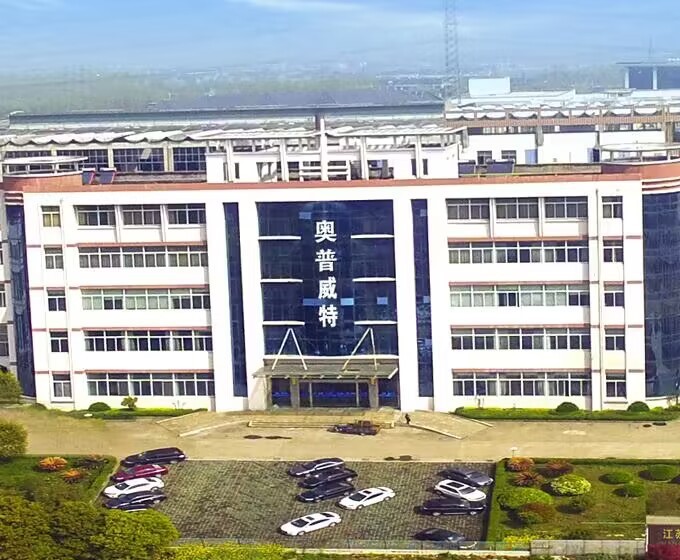


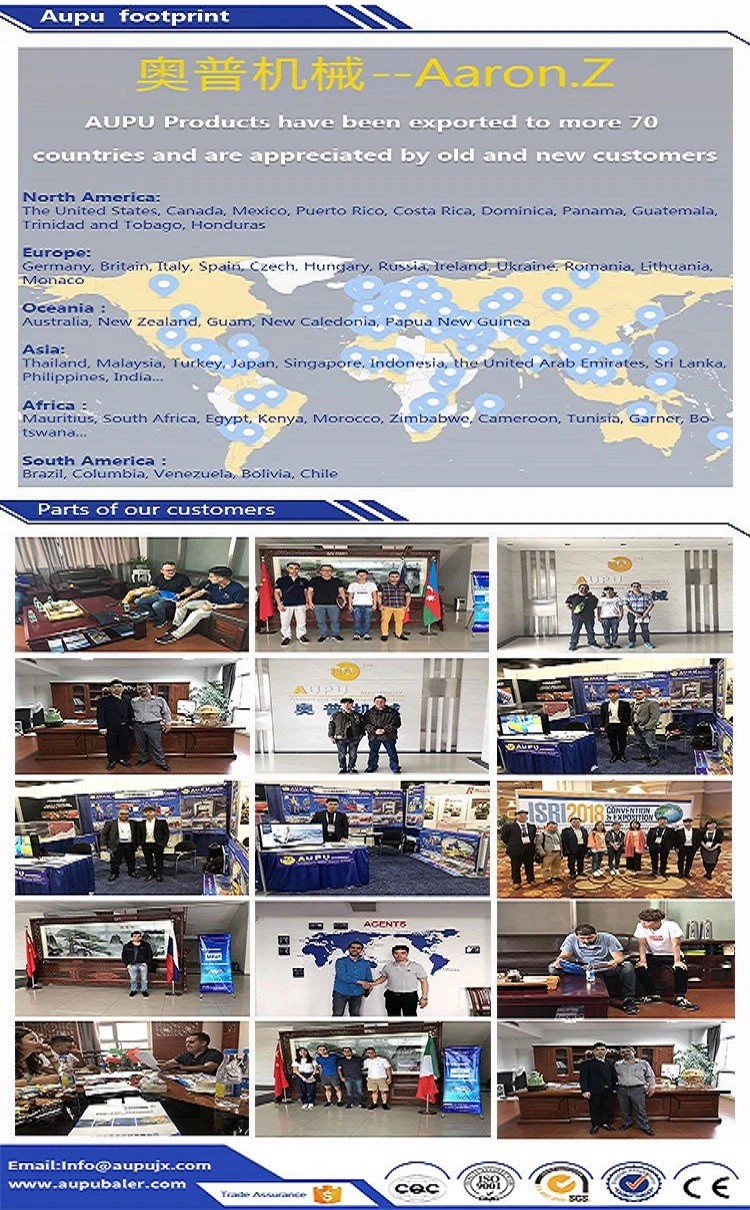
FAQ
Q: How does a hydraulic station work?
Q: What does a hydraulic pressure station do?
Q: What is the definition of a hydraulic pressure station?
Q: What is an example of a hydraulic pressure station?
Q: What are the three types of hydraulic pressure stations?
Q: Why do we use a hydraulic pressure station?
Q: What controls the hydraulic pressure station?
Q: What are the 5 advantages of a hydraulic pressure station?
High stiffness, high precision and fast response.
Large driving force, suitable for heavy load direct driving.
Wide speed control range and various speed control modes.
Self-lubrication, self-cooling and long life.
Easy to realize security protection.
Q: How to calculate the conveying speed of a belt conveyor system
Vc=D · F
Vc =Speed of conveyor belt in ms-1
D =Diameter of drive pulley in meters.
F =Revolutions of drive pulley per second
Q: What is the mechanical advantage of hydraulic pressure station?
Q: What are the advantages of belt conveyor system?
It is a cheap way of moving materials over long distances.
It doesn't degrade the product being conveyed.
Loading can be done at any place along the belt.
With trippers, the belts can offload at any point in the line.
They do not produce as much noise as their alternatives.
Products can be weighed at any point in the conveyor.
They can have long operating times can even work for months without stopping.
Can be designed to be mobile as well as stationary.
Have less dangerous hazards to human injury.
Low Maintenance costs.
Q: How can I make my hydraulic pressure station more efficient?
Q: What is the belt conveyor system used for?
Q: What are the 5 main problems in hydraulic pressure station?
Q: How does a belt conveyor system system work?
Q: What is the main maintenance need of hydraulic pressure stations?
Q: How to troubleshoot hydraulic pressure stations?
Gather information.
Review the schematic.
System troubleshooting and adjustments.
Reliability checklist.
Q: What do belt conveyor systems run on?
Q: How do you maintain pressure in a hydraulic pressure station?
Q: What is a belt conveyor system?
We're well-known as one of the leading waste baler manufacturers and suppliers in China. If you're going to buy high quality waste baler made in China, welcome to get more information from our factory.


